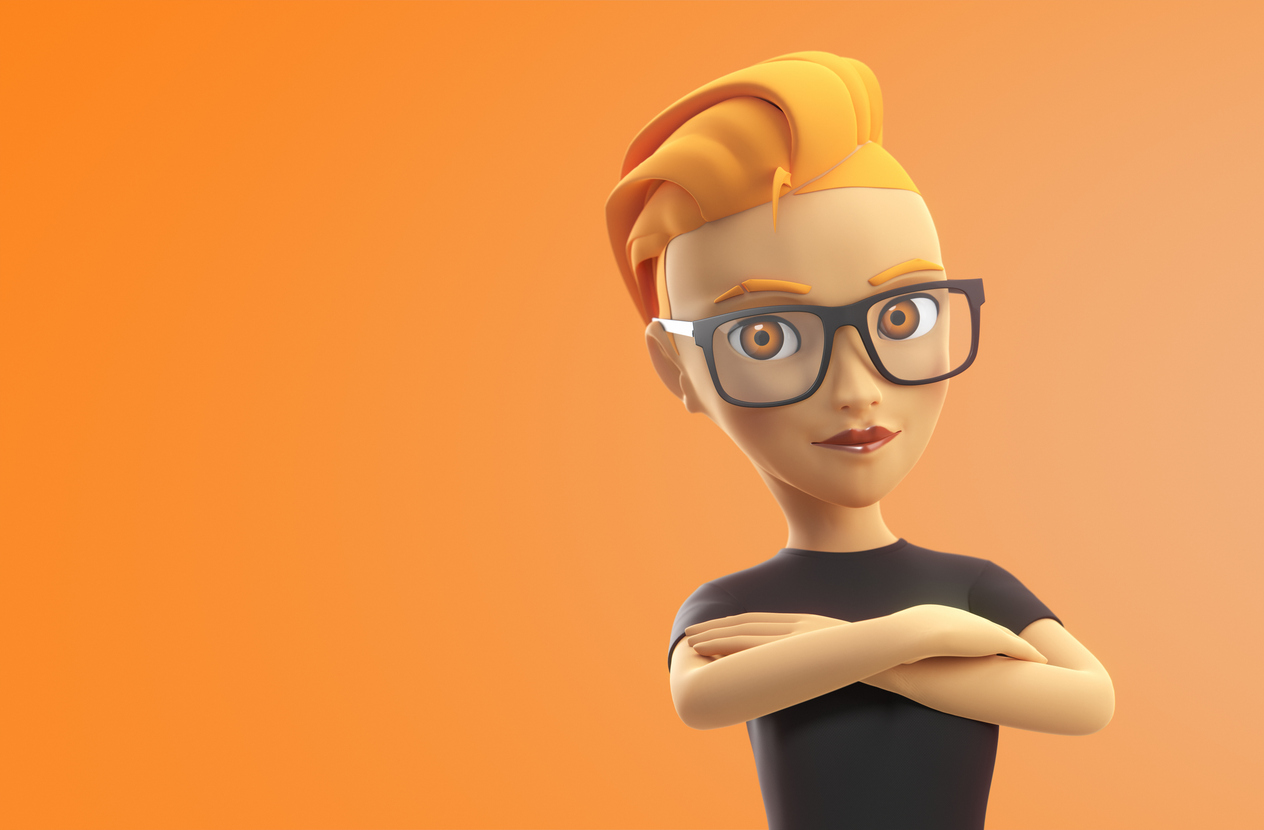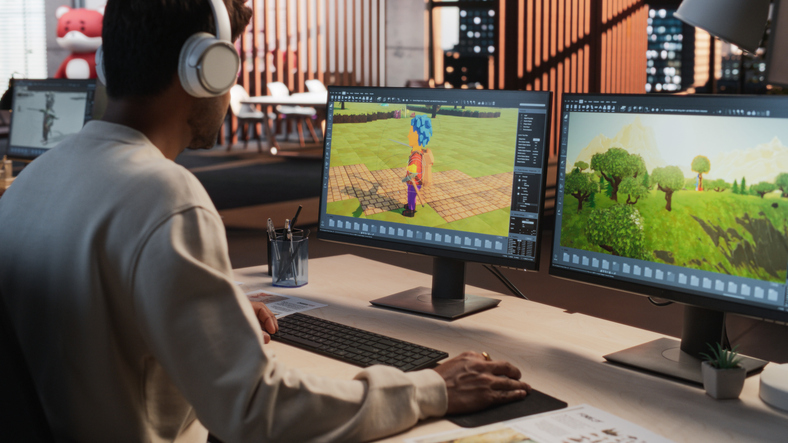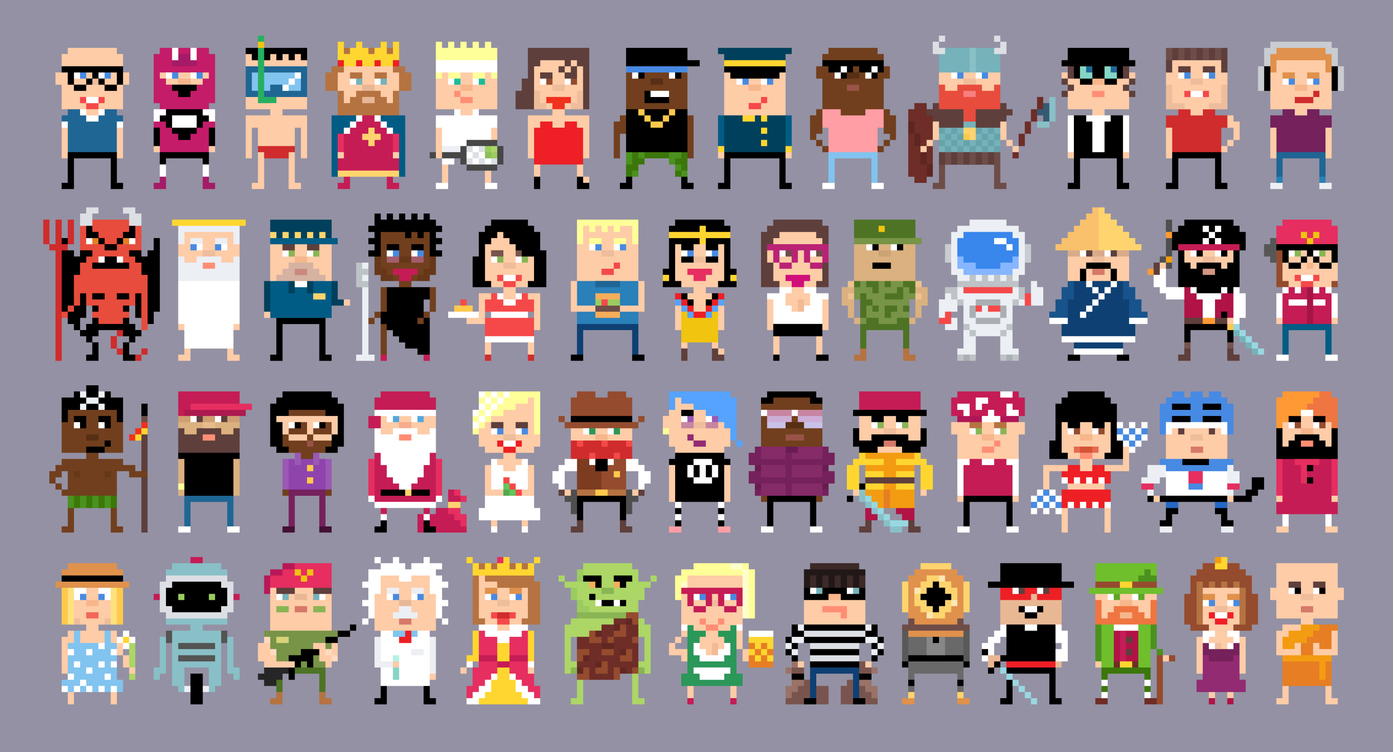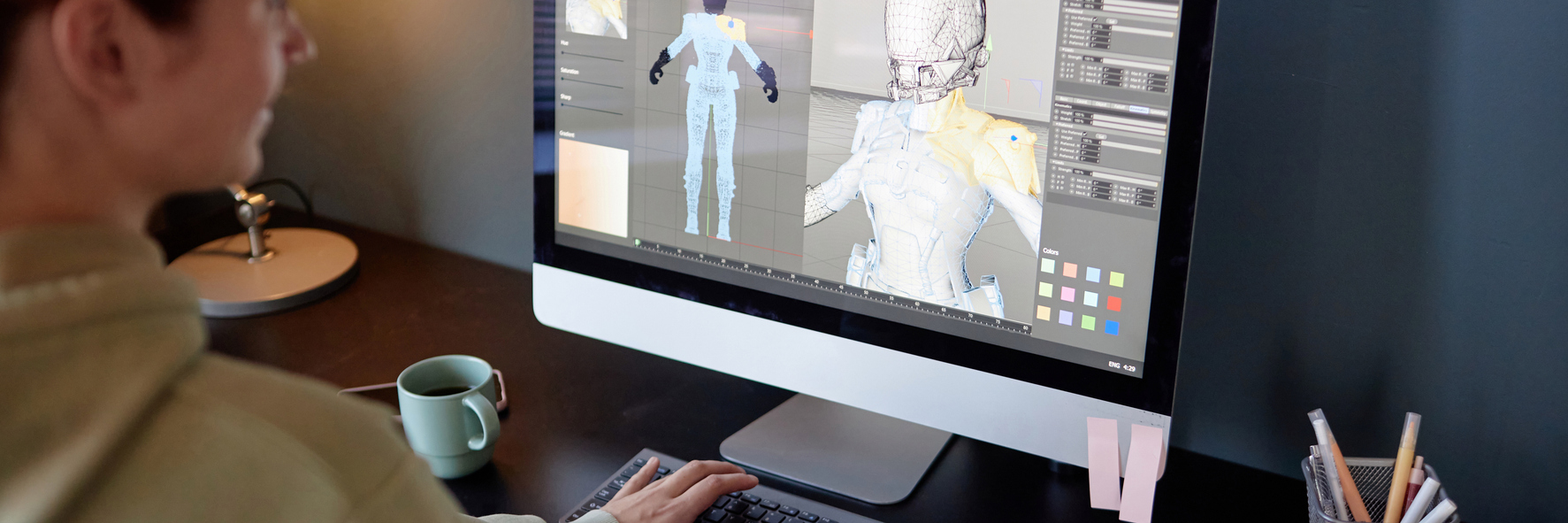Artificial Intelligence (AI) is rapidly transforming various industries, and interior design is no exception. With AI becoming increasingly prevalent, interior designers find themselves at an exciting crossroads, where technology complements traditional creativity and innovation. This blog dives deep into how AI is reshaping interior design, highlighting its benefits and limitations, the crucial skills modern designers must develop, and why human creativity remains irreplaceable. Moreover, we will explore how VCAD’s Interior Design Diploma program prepares students to thrive in a tech enhanced creative landscape.
How AI Is Reshaping the Interior Design Landscape
Artificial Intelligence (AI) has become a powerful catalyst in transforming the interior design landscape, altering how designers conceptualize, plan, and deliver projects. By harnessing sophisticated machine learning algorithms, AI powered design tools can swiftly generate highly realistic visual renderings, personalized design recommendations, and meticulous furniture layouts tailored to specific spaces and client preferences. Platforms such as Planner 5D, InteriorAI, and Midjourney significantly streamline traditionally labor-intensive tasks, enabling interior designers to experiment rapidly with various aesthetic and functional concepts. This dramatically accelerates the design process, allowing more time for creative exploration and client interaction.
Moreover, the incorporation of advanced technologies like augmented reality (AR) and virtual reality (VR) has significantly reshaped the client designer interaction process. These immersive technologies allow clients to experience and explore their designed spaces in a highly realistic manner long before construction commences. By providing these interactive and engaging walkthroughs, designers can effectively communicate their vision, reduce misunderstandings, and enhance client satisfaction.
Leading software platforms such as SketchUp, Foyr, and Autodesk 3ds Max have integrated AR and VR capabilities, offering designers and clients unprecedented opportunities to visualize projects vividly and interactively. This integration bridges the gap between imaginative design concepts and tangible, actionable outcomes, ensuring client expectations are fully met and often exceeded. These technological advancements not only enhance the efficiency of design processes but also elevate the overall experience for both clients and professionals in the interior design industry.
Bonus Read: How to Become an Interior Designer?
The Benefits of AI for Modern Interior Design
The integration of AI into interior design offers numerous advantages, streamlining workflows and enhancing overall productivity:
Enhanced Efficiency
AI drastically reduces the time required for creating designs and visualizations. Tasks traditionally taking days or weeks now take mere minutes. This efficiency enables designers to focus more deeply on creative problem solving and innovation.
Optimized Space Utilization
Through intelligent analysis, AI tools offer optimized furniture layouts and space planning solutions, particularly beneficial for small or unusually shaped spaces. This enhances functionality and maximizes aesthetic appeal.
Cost Effective Solutions
AI algorithms can analyze various design options and materials, recommending the most cost-effective solutions tailored to budget constraints. This ensures high quality designs without overspending.
Sustainable Designs
AI platforms suggest ecofriendly materials and energy efficient designs, catering to the growing demand for sustainable interiors. These recommendations enable designers to incorporate green principles effortlessly into their projects.
Improved Client Collaboration
Interactive tools, especially those integrating AR/VR, significantly improve client designer interactions. Clients can clearly visualize the outcomes, providing more precise feedback, thus reducing misunderstandings, and ensuring satisfaction.
The Drawbacks of AI for Modern Interior Design
Despite these benefits, AI in interior design still faces considerable limitations:
Buildability Issues
AI generated concepts may appear stunning but often include unrealistic or impractical elements. Errors such as misplaced fixtures, impractical furniture arrangements, or structural inaccuracies remain common. Designers must correct these issues to ensure buildability.
Limited Emotional Intelligence
AI lacks human emotional intelligence and intuition, essential for understanding subtle client preferences, feelings, and aspirations. Human designers can empathize deeply, creating personalized spaces that reflect clients’ emotional and practical needs.
Dependence on Human Oversight
While AI excels at idea generation, it requires continuous human oversight to correct inaccuracies, refine concepts, and implement feasible designs. AI tools are best used as supplements rather than standalone solutions.
Ethical and Originality Concerns
AI generated designs raise ethical and originality concerns, as algorithms create outputs based on existing data. This can result in designs that inadvertently mimic or replicate existing works, potentially infringing on intellectual property rights. Designers must exercise caution and ensure originality and legal compliance in their projects.
High Initial Learning Curve and Costs
The adoption of AI tools can involve significant initial investment and a steep learning curve. Designers and firms may face considerable time and financial resources to train personnel and integrate these advanced technologies into their workflows effectively. These initial barriers may limit widespread adoption, particularly among smaller firms or independent designers.
Bonus Read: Interior Design vs. Architecture: What is the Difference?
Skills Future Interior Designers Need to Stay Ahead
To remain relevant in an AI enhanced interior design industry, aspiring designers must focus on both technological proficiency and human centric skills:
Technical Proficiency
Designers should master industry standard AI powered software, such as AutoCAD, 3DsMax, Revit, and SketchUp. Familiarity with VR/AR technologies and AI tools like Planner 5D or InteriorAI is equally critical.
Creative Problem Solving
Creativity remains at the core of interior design. Developing innovative solutions, thinking critically about design constraints, and crafting unique aesthetics are essential skills that AI cannot replicate fully.
Strong Communication and Emotional Intelligence
Effective communication skills, active listening, and emotional intelligence enable designers to understand client needs deeply, manage expectations, and navigate emotional dynamics throughout design projects.
Project Management
Managing projects effectively handling timelines, budgets, vendor relations, and unexpected challenges remains a human centric skill that ensures project success beyond automated processes.
Why AI Cannot Replace Human Creativity
While AI significantly enhances efficiency and expands creative possibilities, it cannot fully replicate the nuance and depth of human creativity. These are the reasons why:
Depth of Human Creativity
While AI significantly enhances efficiency and expands creative possibilities, it cannot fully replicate the depth, subtlety, and innovation inherent in human creativity. Human designers naturally infuse originality and artistic expression into their designs, creating spaces that resonate deeply with clients on both aesthetic and emotional levels.
Emotional Intelligence and Empathy
AI lacks genuine empathy, intuition, and emotional connection essential qualities required to craft truly personalized interior designs. Human designers empathize with clients, intuitively understanding their unspoken preferences and emotional needs, enabling them to create environments that genuinely reflect and enhance clients' lives.
Navigating Interpersonal Dynamics
Interior design projects often involve complex interpersonal interactions, including managing client relationships and interpreting ambiguous desires into concrete solutions. Human designers excel at navigating these dynamics, providing reassurance, guidance, and clarity, crucial skills that remain beyond the capabilities of AI.
Creative Problem Solving
Unexpected challenges inevitably arise during design projects, requiring designers to adapt and devise innovative solutions rapidly. Human designers possess the agility and creativity to address these unforeseen issues effectively, using critical thinking and flexibility that AI driven tools cannot replicate.
Why VCAD Is the Perfect Place to Future Proof Your Interior Design Career
VCAD’s Interior Design Diploma program is uniquely positioned to prepare future designers for a thriving career in a tech enhanced creative landscape. Certified by the Registrar of the Private Training Institutions Regulatory Unit (PTIRU) in British Columbia, the program guarantees quality education and industry alignment.
Cutting Edge Curriculum
Students gain hands on experience with essential software tools such as Adobe Photoshop, InDesign, AutoCAD, 3DsMax, Revit, and SketchUp. The program emphasizes both technical and artistic competencies, ensuring students develop a robust, versatile skill set.
Real World Projects and Portfolios
Interior Design Diploma prioritizes practical projects that mimic real world scenarios, preparing students for immediate professional success. By graduation, students will have a comprehensive portfolio highlighting their creativity, technical proficiency, and problem-solving capabilities essential for impressing potential employers.
Flexible and Personalized Learning
The online format offers unparalleled flexibility, accommodating diverse learning styles and life commitments. Students experience personalized, studio like instruction from experienced professionals, fostering an environment of collaboration and creativity.
Holistic Skill Development
The program covers comprehensive topics like advanced drawing, colour theory, environmental interior design, and lighting concepts. Students also learn critical soft skills such as business communication, client management, and portfolio development.
Career Opportunities in a Tech Enhanced Creative Landscape
Graduates of VCAD’s Interior Design Diploma program find diverse career opportunities that leverage both their creative talents and technological skills:
The opportunities are limitless as the intersection of technology and creativity continues to expand.
Final Thoughts
AI in interior design is an empowering force rather than a disruptive threat. It enhances efficiency, sparks innovation, and opens new avenues for creativity. However, the human essence of interior design empathy, creativity, and emotional intelligence remains irreplaceable.
VCAD’s Interior Design Diploma program equips future interior designers with the essential skills, technical proficiency, and creative competencies needed to succeed in this dynamic, tech enhanced landscape. Embrace the future confidently with VCAD, where innovation and creativity converge seamlessly.














